Good faith letter template
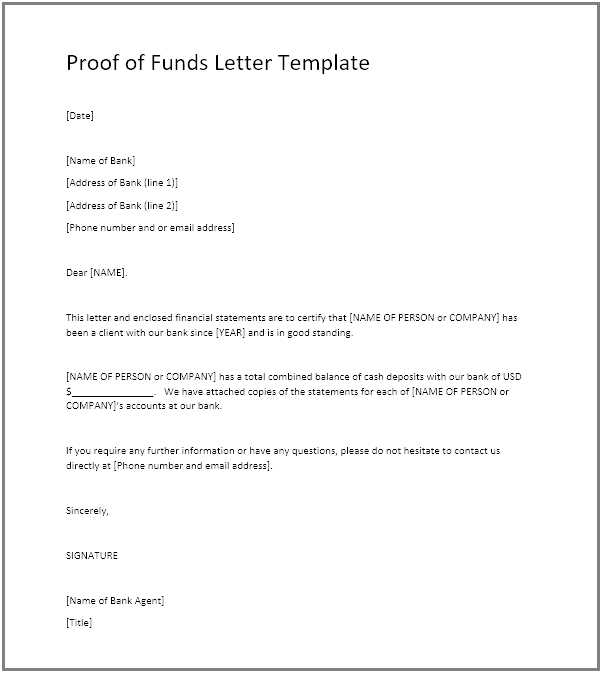
Writing a good faith letter is an effective way to resolve conflicts, show commitment, and ensure clear communication. Use the following template to craft a letter that demonstrates sincerity and goodwill.
Template
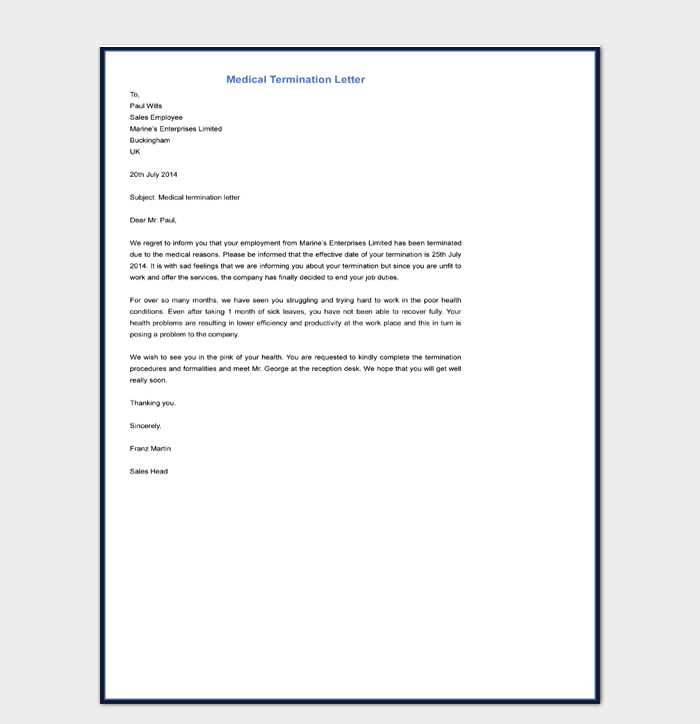
Dear [Recipient’s Name],
I hope this letter finds you well. I am writing to express my sincere intentions regarding [specific situation or issue]. It is important to me that we address this matter constructively and ensure that we both move forward with mutual understanding and respect.
Key Elements to Include
- State Your Purpose: Clearly mention the reason for your letter. Whether it’s to apologize, clarify a misunderstanding, or propose a solution, make your objective clear.
- Take Responsibility: Acknowledge any mistakes or issues, and express your desire to find an agreeable solution. Take ownership without shifting blame.
- Offer Solutions: Propose specific actions or steps that can resolve the situation or prevent it from recurring. Be open to compromise if necessary.
- Show Empathy: Convey understanding of the other person’s perspective and the impact the situation may have had on them.
- Conclude with a Positive Note: Reaffirm your commitment to resolving the issue and maintaining a positive relationship going forward.
Example
Dear Mr. Smith,
I hope you’re doing well. I am writing to address the recent misunderstanding regarding our project timelines. I realize that the delay in my response caused unnecessary stress, and I take full responsibility for this. Please accept my apologies for any inconvenience this has caused.
Moving forward, I propose that we set up regular check-ins to ensure that we stay aligned on deadlines and expectations. I am committed to making this right and ensuring that our collaboration remains productive and positive.
I appreciate your understanding and look forward to working together toward a smooth resolution. Thank you for your time and consideration.
Sincerely,
[Your Name]
Closing Remarks
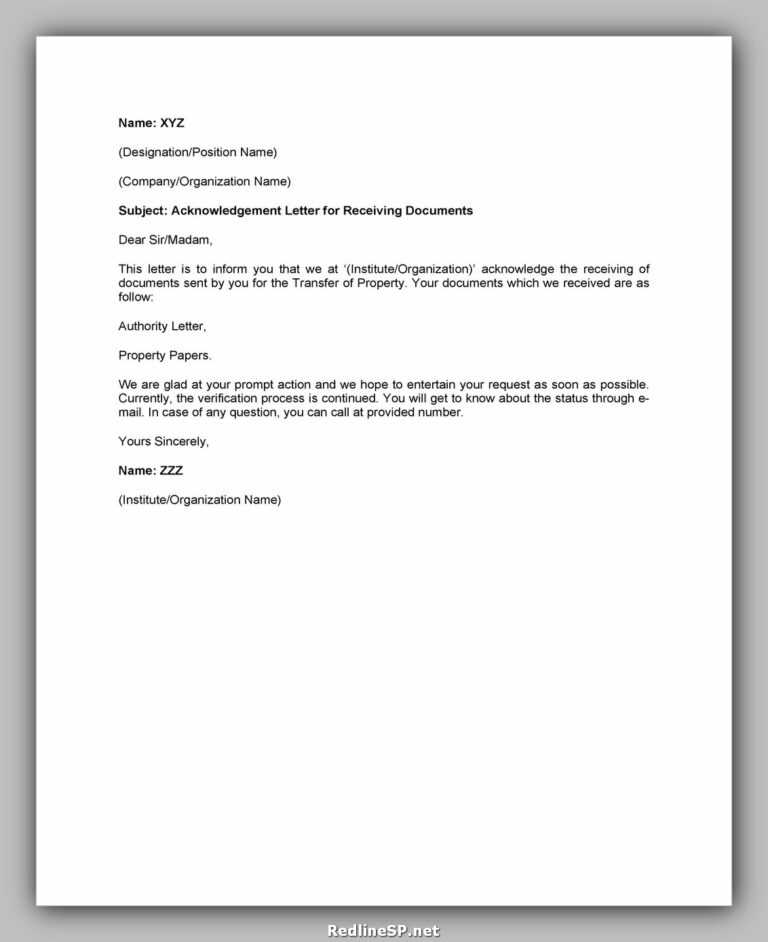
Using a good faith letter as a tool for resolution fosters stronger relationships and demonstrates genuine effort to address issues. Be clear, sincere, and constructive in your communication to ensure a positive outcome for all parties involved.
Good Faith Letter Template
How to Start Your Good Faith Letter: Key Information to Include
Structuring Your Letter for Maximum Clarity
Common Mistakes to Avoid When Writing a Good Faith Letter
Personalizing Your Letter for Different Situations
Legal Considerations When Drafting a Good Faith Document
How to Edit and Proofread Your Letter
Begin your letter by clearly stating the purpose and context. Mention the specific situation that requires your good faith efforts and briefly outline your intent to resolve any concerns or fulfill obligations. This establishes the tone and sets clear expectations for the reader.
Key Information to Include
Include the full names and contact details of all parties involved. Specify any relevant dates, agreements, or events tied to the situation. If applicable, mention any legal terms or documents that are part of the process. This ensures the recipient understands the context and significance of your message.
Structuring Your Letter for Maximum Clarity
Organize your letter logically. Start with an introduction that identifies the reason for the letter. Follow with the main body where you outline your intentions, actions taken, and how you plan to address any concerns. Conclude by summarizing your commitment and offering next steps. Keep paragraphs concise and avoid unnecessary details.
When writing, steer clear of vague statements. Be direct and clear about what you are offering or requesting. Avoid making promises you cannot fulfill. Stick to facts, and ensure your tone remains respectful and professional.
Common Mistakes to Avoid
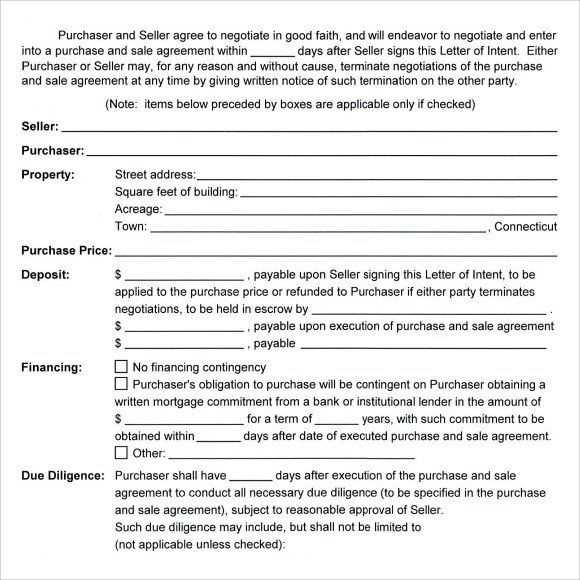
Don’t overcomplicate the letter with legal jargon or overly formal language unless necessary. Avoid ambiguous language that could lead to misunderstandings. Also, refrain from sounding defensive or accusatory. Your goal is to demonstrate willingness to cooperate and resolve the issue amicably.
Personalizing Your Letter for Different Situations
Tailor your approach based on the recipient’s role and the specific situation. A letter to a business partner may focus on mutual interests and compromise, while a letter to a government agency should emphasize compliance and adherence to regulations. Adjust your tone to reflect the nature of your relationship.
Legal Considerations
If your letter refers to legal terms or agreements, ensure accuracy. Incorrect references can lead to confusion or disputes. If unsure, consult legal counsel to review your letter before sending it. Additionally, keep copies of all correspondence for your records.
How to Edit and Proofread Your Letter
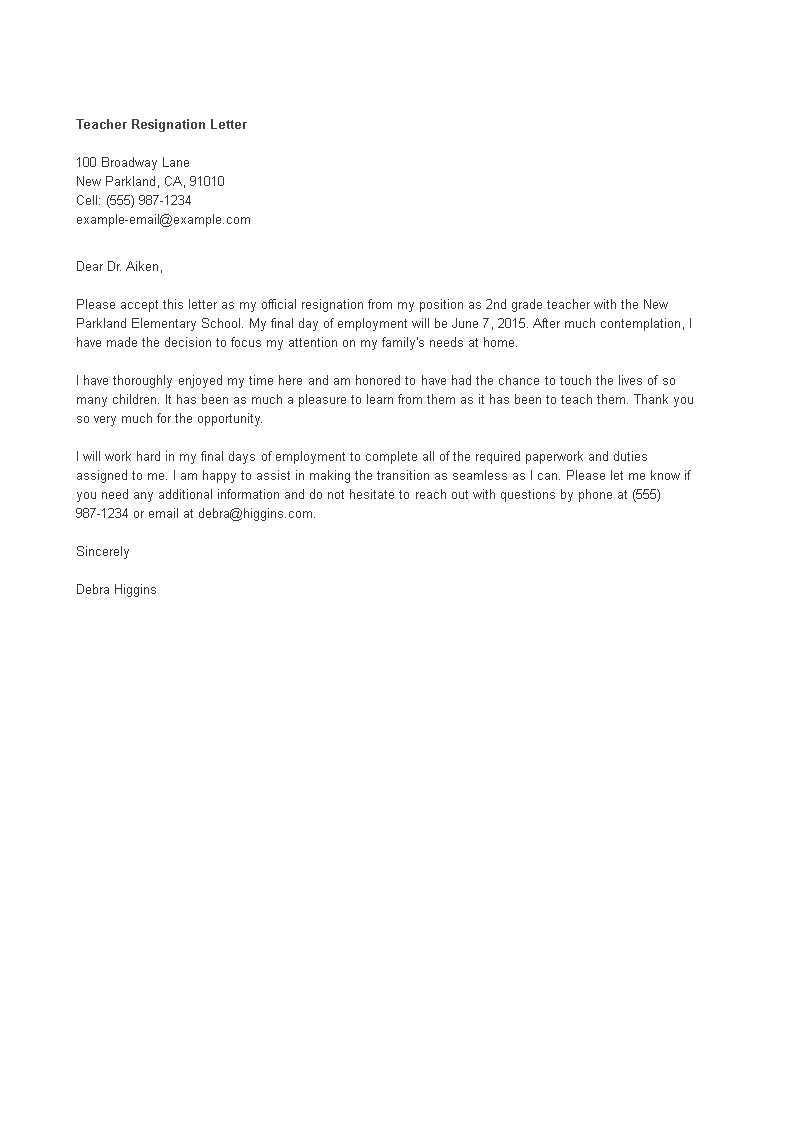
Review your letter several times to ensure clarity and correctness. Check for grammatical errors, consistency in language, and whether the content aligns with the intended message. Consider reading it aloud to catch awkward phrasing. Having a third party review the letter can help spot any overlooked issues.